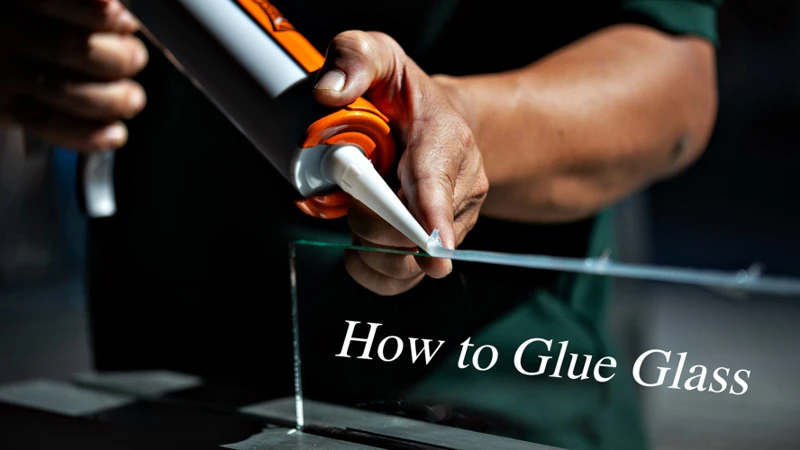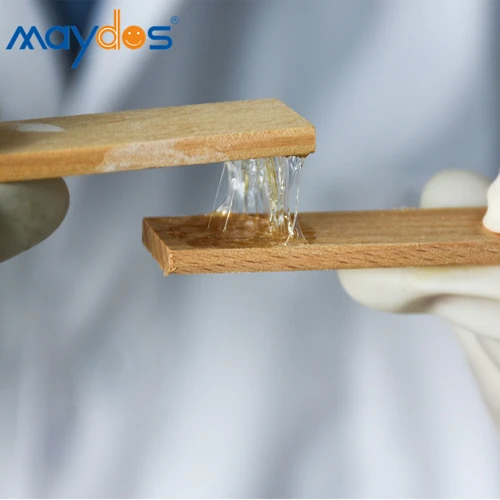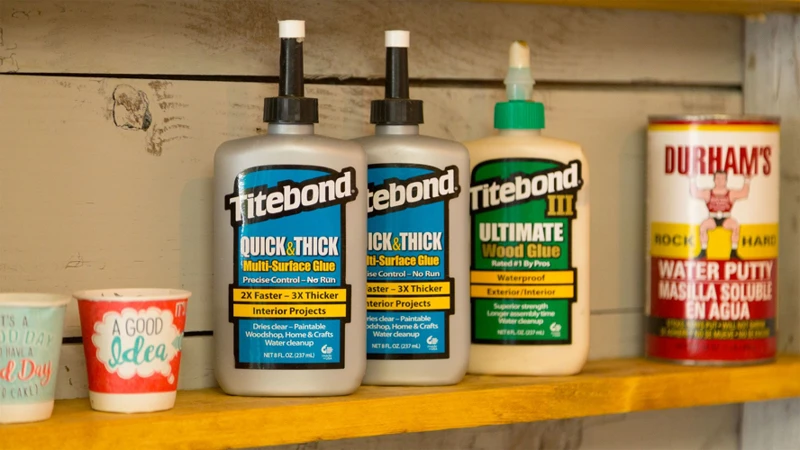Combining dissimilar materials like metal and acrylic can pose a unique challenge. The key to success lies in understanding the properties of both and selecting the appropriate metal to acrylic adhesive. This article will guide you through the process of how to attach metal to acrylic, ensuring durable and aesthetically pleasing results.
The Basics of Metal to Acrylic Adhesive
Adhesives designed to glue metal to acrylic need to cater to the properties of both materials. Metal is non-porous and conducts heat, while acrylic is a plastic with a smooth surface that can expand and contract with temperature changes. The right adhesive forms a bond that accommodates these differences.
Understanding Acrylic to Metal Bonding Techniques
Acrylic to metal bonding techniques vary, but the goal remains consistent: achieving a strong, invisible bond that withstands stress and environmental factors. Techniques may involve chemical bonding agents or mechanical methods, but adhesives are often preferred for their ease of use and strong results.
Preparing the Surfaces
To ensure the efficacy of your metal to acrylic glue guide, surface preparation is critical. Both materials must be clean and optimized for adhesion to form a reliable bond.
Cleaning and Smoothing Metal Surfaces
- Remove any oils or contaminants using a solvent like isopropyl alcohol.
- Sand the metal lightly to create a rough surface for better glue grip.
- Wipe away any metal dust post-sanding before applying adhesive.
Preparing Acrylic for Adhesion
- Clean the acrylic surface with a specialized cleaner that won’t cause clouding or damage.
- Use fine-grit sandpaper to lightly roughen the bonding area if recommended by the adhesive manufacturer.
- Ensure the surface is completely dry before proceeding with the application of glue.
Choosing the Best Glue for Metal to Acrylic
Selecting the best glue for metal to acrylic is pivotal for a successful bond. Different adhesives offer varying benefits, and some may be more suited for your specific application.
Comparing Different Types of Metal to Acrylic Glue
There are several adhesives on the market, including epoxy, cyanoacrylate, and polyurethane glues. Each has its own set of properties that make it suitable for different types of projects. Factors to consider include bonding strength, setting time, and ease of use.
Why Epoxy Might Be the Strong Adhesive for Metal to Plastic
Epoxy is often heralded as a strong adhesive for metal to plastic due to its high tensile strength and ability to cure to a hard, durable finish that is resistant to temperature changes and chemicals. It’s also versatile, filling gaps and bonding uneven surfaces effectively.
DIY Metal to Acrylic Application Process
Embarking on a DIY metal to acrylic project requires a methodical approach to ensure a secure and lasting bond. Proper application is just as important as the preparation of surfaces and glue selection.
How to Attach Metal to Acrylic: Step-by-Step Guide
- Prepare the surfaces as previously described to ensure cleanliness and optimal texture.
- Apply the adhesive according to the manufacturer’s instructions, which may involve mixing components or using a special applicator.
- Position the metal and acrylic precisely, as some adhesives set quickly and do not allow for repositioning.
- Clamp or hold the materials in place to ensure a tight bond as the glue cures.
Tips for Ensuring a Strong Bond
- Don’t rush the process – take your time for each step to guarantee a better bond.
- Use the right amount of adhesive – too little won’t hold, and too much can weaken the bond or seep out the edges.
- Allow the adhesive to cure fully before stressing the bond with weight or movement.
Metal to Acrylic Glue Guide: Setting and Curing Times
Understanding the setting and curing times of your chosen adhesive is critical. Setting time refers to how long it takes for the glue to become tack-free and hold the materials together without support, while curing time is how long it takes to reach full strength. Always refer to the product’s instructions for specific times.
Common Metal to Acrylic Joining Methods
While adhesive bonding is popular, it’s not the only metal to acrylic joining methods available. Other options include mechanical fastening with screws or bolts, ultrasonic welding, and solvent bonding, each with its own set of advantages and limitations.
Advantages and Limitations of Various Techniques
Adhesives provide a clean look without the need for holes or hardware, but they require precise surface preparation. Mechanical fastening is strong but alters the appearance of the final product. Ultrasonic welding and solvent bonding are more specialized and may not be suitable for all applications.
Troubleshooting Common Issues in Bonding Metal to Plastic
Even with careful preparation and application, issues can arise when attempting to bond metal to plastic.
What to Do If the Bond Isn’t Strong Enough
If the bond fails or seems weak, reassess the preparation of the surfaces and the application of the adhesive. It may be necessary to remove the old adhesive, prepare the surfaces again, and reapply the glue correctly.
How to Remove Excess Glue from Surfaces
To remove excess glue, use a solvent suitable for both materials that will not damage them. Apply the solvent to a cloth and gently wipe away the excess. For cured adhesives, you may need to use tools like scrapers or sandpaper, being careful not to scratch or damage the surfaces.
Conclusion: Ensuring Long-Lasting Metal to Acrylic Bonds
Successfully bonding metal to acrylic requires careful consideration of materials, preparation, and application. By following the right techniques and using a suitable adhesive, long-lasting bonds are achievable, giving your project professional and durable results.
Final Thoughts on Acrylic to Metal Bonding Success
Whether you’re undertaking a DIY metal to acrylic project or looking to understand the process better, the key to success lies in patience, precision, and the right products. With the knowledge and tips provided, you can confidently approach your next bonding challenge.
When embarking on a project that requires bonding different materials together, such as metal and acrylic, it’s important to use the right techniques and adhesives for a successful outcome. For those looking to combine metal with acrylic, our guide on how to glue acrylic to glass offers valuable insights that can be applied to metal surfaces as well. If you’re dealing with silicone and metal, make sure to read our article on how to glue silicone to metal for tips on achieving a strong bond. And for projects involving fiberglass and metal, we’ve got you covered with our instructions on how to glue fiberglass to metal. Each of these resources will equip you with the knowledge you need to tackle your adhesive challenges with confidence.
FAQs: Glue Metal to Acrylic
For additional help, here are some frequently asked questions about the process:




